The syncopated heartbeat of reggae music pulses through the Caribbean like a cultural lifeline, connecting generations and geographies with its unmistakable offbeat rhythm. Born in the late 1960s Jamaica, this genre didn't just emerge from studios—it grew from the soil of resistance, the sweat of sugarcane fields, and the saltwater spray of the Atlantic. Reggae's signature "skank" guitar chop on beats two and four, coupled with the bass drum's defiant emphasis on the third beat, creates a musical push-and-pull that mirrors the region's complex history of colonial oppression and creative resilience.
To understand reggae's rhythmic DNA is to decode centuries of cultural survival. The polyrhythms of West African drumming traditions—carried across the Middle Passage by enslaved peoples—collided with European military march cadences during colonial rule. What emerged was something entirely new yet deeply ancestral: a musical language where the spaces between beats spoke as loudly as the beats themselves. This temporal dislocation creates reggae's characteristic "loping" feel, a rhythmic illusion where the music seems to both drag and rush forward simultaneously.
The genre's revolutionary timing found perfect expression in Kingston's sound system culture, where DJs would manipulate bass frequencies to make records sound completely new. Producers like Lee "Scratch" Perry and King Tubby treated rhythm as mutable architecture, using tape delay and reverb to stretch time itself. When Bob Marley sang "One good thing about music—when it hits you feel no pain," he might as well have been describing reggae's temporal alchemy, where the displaced beats create a trance-like suspension from worldly suffering.
Caribbean carnival traditions reveal reggae's rhythmic blueprint in its purest form. During Trinidad's Jouvert morning celebrations, revelers covered in mud and paint move to the "slow wine" rhythm—a direct precursor to reggae's laid-back groove. The Haitian rada drumming patterns used in Vodou ceremonies share reggae's emphasis on the third beat, creating sacred spaces through strategic rhythmic displacement. Even the Martinican bélé dance's call-and-response structure mirrors reggae's vocal trading between lead singer and backup harmonies.
Modern musicologists have identified what they call the "Atlantic rhythm belt"—a migratory pattern of syncopation stretching from West Africa through Brazil, Cuba, and into the Lesser Antilles. Reggae represents perhaps the most commercially successful manifestation of this rhythmic continuum. The genre's global popularity has led to fascinating cross-pollinations, from the UK's sped-up "jungle" rhythms (later evolving into drum and bass) to West African highlife artists incorporating the signature one-drop drum pattern into their compositions.
Contemporary Caribbean artists continue reinventing reggae's temporal foundations while honoring its cultural roots. Jamaican dancehall artists like Spice and Koffee compress reggae's spacious rhythms into staccato bursts suited for digital platforms, while Haitian rasin bands fuse traditional Vodou drumming with roots reggae's spiritual yearning. In Barbados, soca artists have created "reggae soca" hybrids where the expected downbeat disappears entirely, leaving dancers suspended in rhythmic anticipation. These innovations prove that reggae's beat remains a living, evolving force rather than a museum artifact.
The very geography of the Caribbean seems encoded in reggae's structure—the push of ocean currents mirrored in basslines that dominate the musical space like tidal forces, the archipelagic isolation of islands reflected in rhythmic cells that repeat with slight variations. Perhaps this explains why the music travels so well across diasporas while remaining unmistakably Caribbean. The offbeat isn't just a musical technique; it's a philosophical stance against linear European timekeeping, a rebellion measured in microseconds that adds up to centuries of cultural resistance.
From the mento folk traditions of 1950s Jamaica to the digital riddims circulating on TikTok today, reggae's heartbeat continues to pump vitality through Caribbean culture and beyond. Its rhythm serves as both historical archive and futuristic blueprint—a temporal map showing where the culture has been and where it might go next. The next time your foot starts tapping slightly before the expected beat or your shoulders rock in that distinctive "skank" motion, remember: you're moving to a rhythm forged in the crucible of history, a syncopated survival strategy set to music.
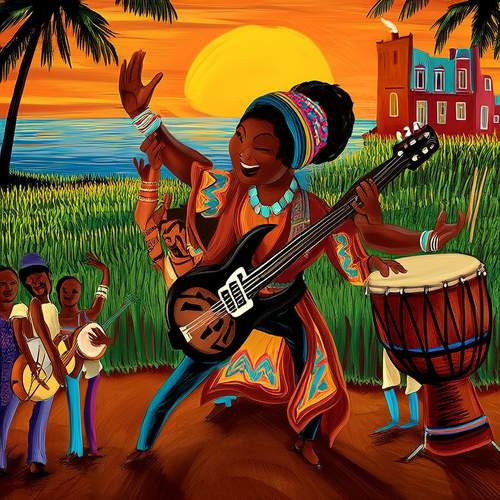
By /May 30, 2025
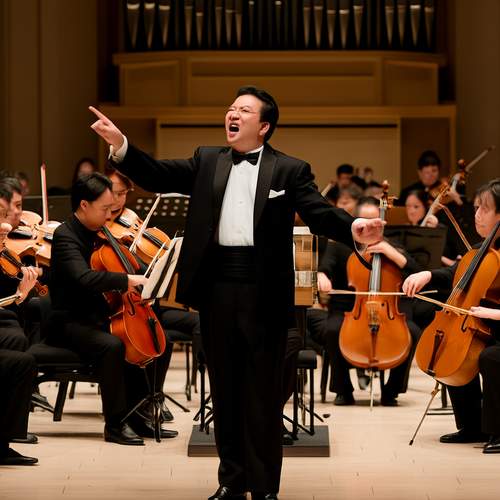
By /May 30, 2025
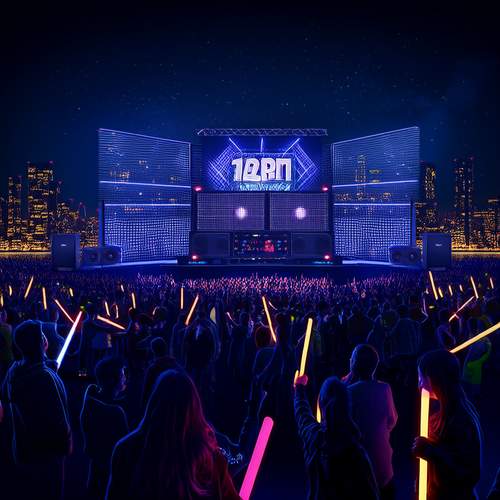
By /May 30, 2025

By /May 30, 2025

By /May 30, 2025
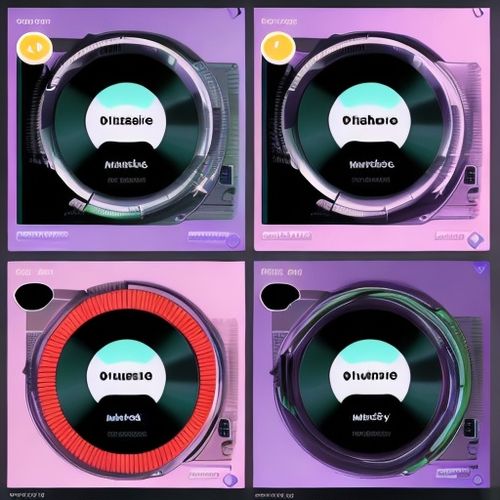
By William Miller/Apr 13, 2025

By Daniel Scott/Apr 13, 2025

By Benjamin Evans/Dec 25, 2024

By George Bailey/Dec 25, 2024
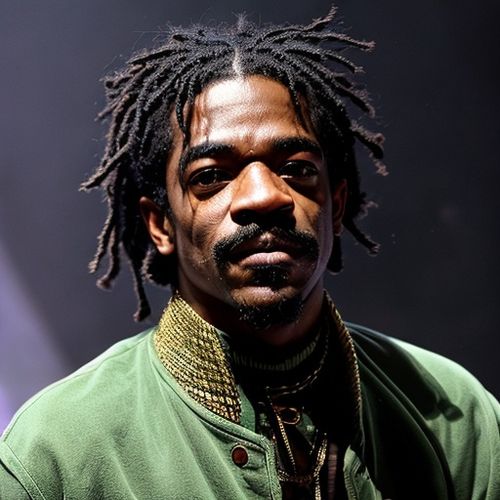
By Lily Simpson/Dec 25, 2024

By Olivia Reed/Dec 25, 2024
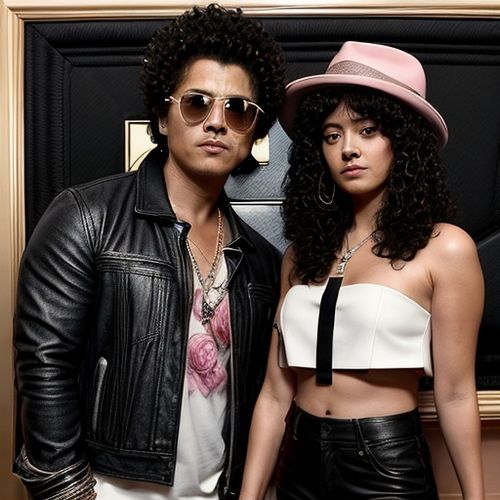
By Christopher Harris/Dec 25, 2024

By Sarah Davis/Dec 25, 2024

By Natalie Campbell/Dec 25, 2024
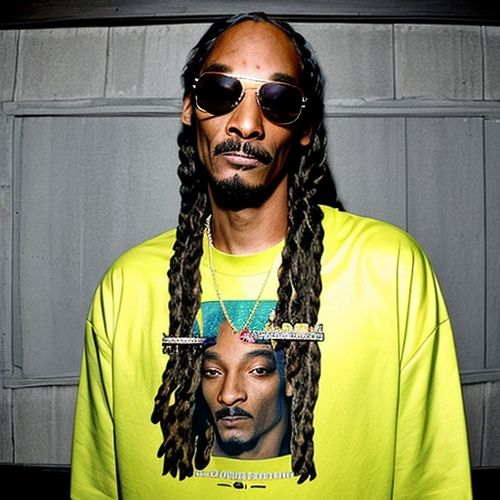
By William Miller/Dec 25, 2024
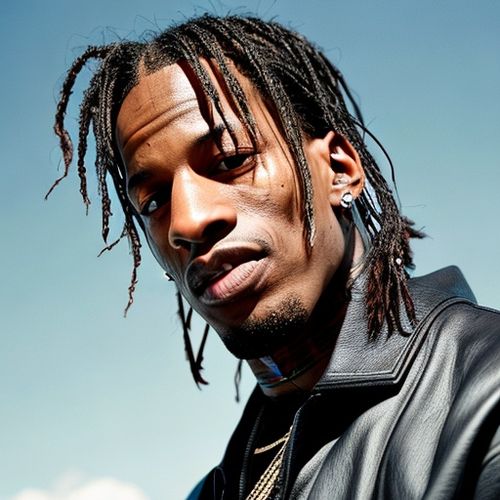
By Olivia Reed/Dec 25, 2024
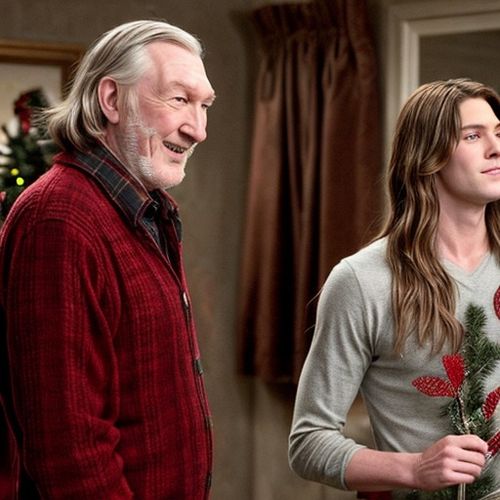
By John Smith/Dec 25, 2024